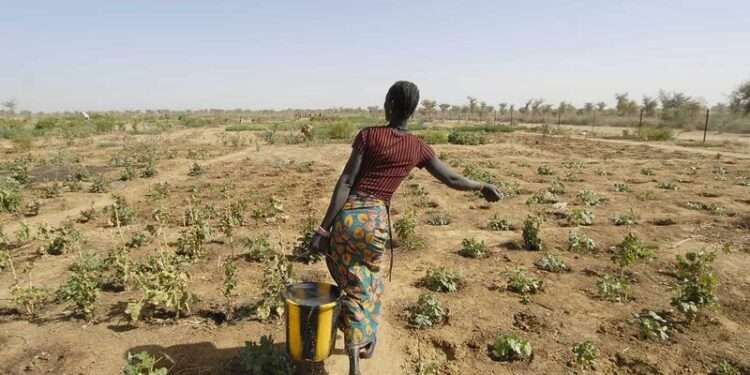Climate Adaptation: Africa suffered $41bn finance gap in 2020 – Report
“Adaptation finance is scaling too slowly to close the investment gap in Africa, even as the costs of inaction rise. As we look forward to COP27, we must generate a breakthrough on finance for climate adaptation
- Advertisement -
An estimated $11.4 billion was committed to climate adaptation finance in Africa in 2019 and 2020, with 97% of the funds coming from public actors and the remaining 3% from the private sector.
The financing amount is significantly lower than the $52.7 billion needed annually by the Continent, thereby resulting in a financing gap of some $41.3bn in the year 2019 and 2020.
- Advertisement -
In its newly published report on climate change adaptation in Africa, the Global Center on Adaptation, notes that Africa is facing a critical shortfall in funding for climate adaptation.
- Advertisement -
The report titled State and Trends in Adaptation in Africa 2022 reveals that cumulative adaptation finance to 2030 will come to less than one-quarter of the estimated needs stated by African countries in their National Determined Contributions (NDCs) unless more funding for climate adaptation is secured.
To increase the volume and efficacy of adaptation finance flows to Africa over the coming decade, the report makes the following recommendations:
- Financial institutions must mainstream resilience into investments they are making.
- Policy makers and other stakeholders must build the enabling environment for adaptation investment.
- Financial innovation for adaptation must match country-level policy and market conditions.
Speaking at the launch of the report on Thursday, November 3, 2022, CEO of the GCA, Professor Patrick Verkooijen said: “Adaptation finance is scaling too slowly to close the investment gap in Africa, even as the costs of inaction rise. As we look forward to COP27, we must generate a breakthrough on finance for climate adaptation.
“The Africa Adaptation Acceleration Program endorsed by the African Union, is the best vehicle we have to ensure the adaptation investment shortfall in Africa is met with action from all available sources including the private sector.”
- Advertisement -
Also speaking at the report launch was President of the African Development Bank,A Dr Akinwumi Adesina, who averred that, “At the Global Center on Adaptation, they are doing incredible work in mapping out what the needs are, mapping out how to make climate resilient infrastructure.
“Already the Upstream [Financing] Facility at the Global Center on Adaptation, is doing so much analytical work to support countries to build climate resilience into infrastructure, into agriculture and to mainstream climate financing into national bodies but also into the financing of large multilateral development banks.”
The Africa Adaptation Acceleration Program (AAAP) was developed by African Development Bank and the Global Center on Adaptation (GCA) to mobilize US$25 billion by 2025 to implement, scale and accelerate climate adaptation across the African continent.
AAAP works across four bold interconnected pillars to achieve transformational results: Climate-Smart Digital Technologies for Agriculture and Food Security; African Infrastructure Resilience Accelerator; Youth Empowerment for Entrepreneurship and Job Creation in Climate Adaptation and Resilience and Innovative Financial Initiatives for Africa.
AAAP has already guided over US$3.5 billion of upstream investments in 19 countries with every dollar spent influencing US$100 downstream.
The report by the GCA, provides policy shaping recommendations in key areas such as livestock, agriculture, cities, nature-based solutions, blue economy, and coastal erosion.
It is the most comprehensive guide to assess progress on climate adaptation in Africa and provide guidance and recommendations on best practices in adapting to the effects of a changing climate and building resilience to climate shocks.
The report highlights successful adaptation initiatives from the Africa Adaptation Acceleration Programme (AAAP) which have the potential to be scaled up and replicated.
It also presents key policies, skills and finance gaps that must be addressed if adaptation is to be effective and reach those who need it the most.
Source: norvanreports.com
- Advertisement -



